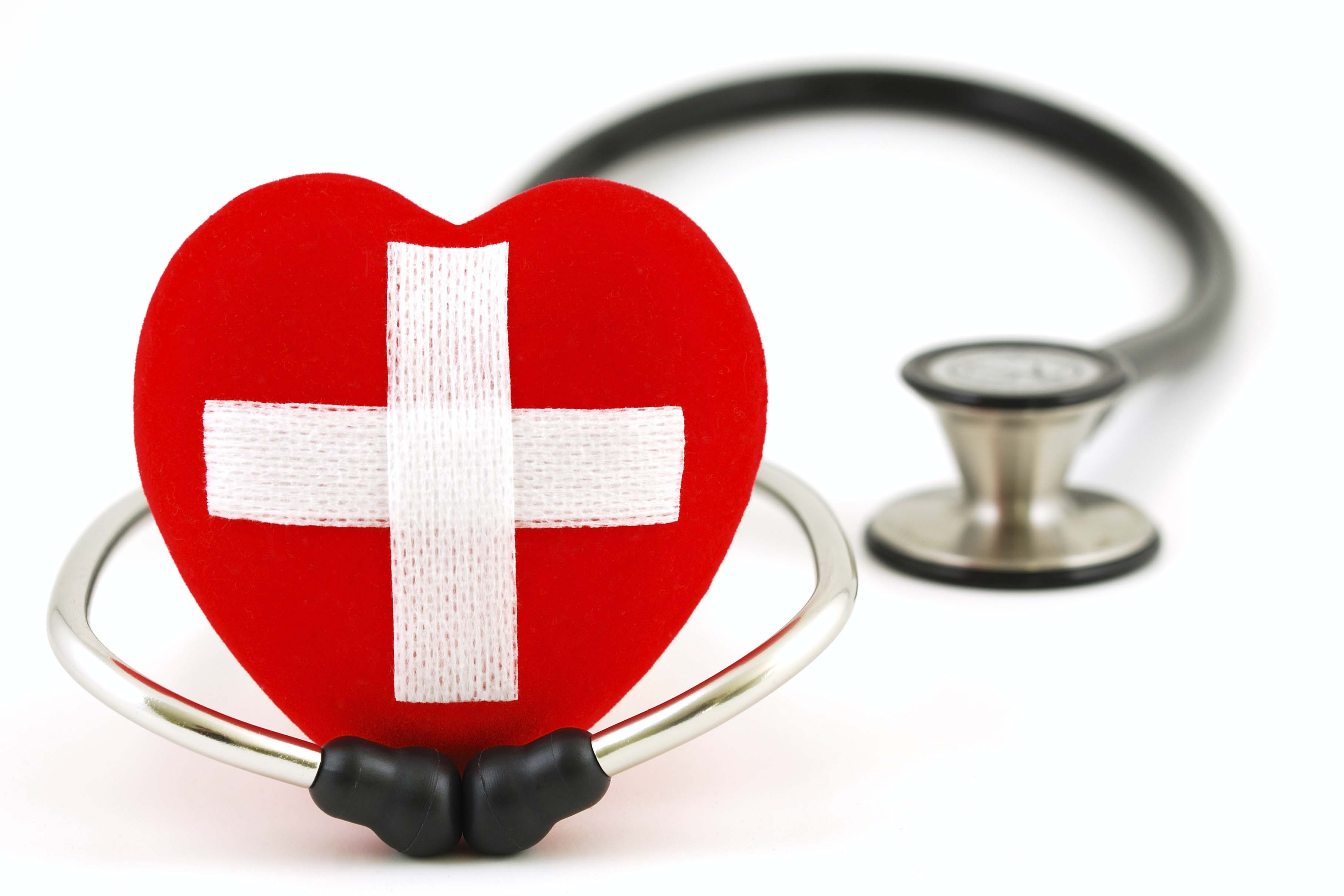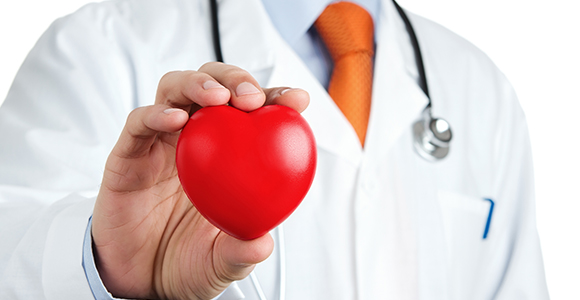Welcome to EECP THERAPY
What is EECP?
EECP stands for Enhanced External Counter Pulsation. EECP is a USFDA Approved, Non Surgical treatment for the treatment of heart patients with Blockages. EECP is a machine based treatment and does not involve any Angiography or Stents or Bypass Surgery.
What is Heart Disease?
Although there are many diseases that can affect the Heart but in general, Heart Disease is used as a synonym for Blockages in Coronary Arteries. The technical name for this condition is CAD which stands for Coronary Artery Disease. In CAD, the arteries that supply the heart itself become narrow due to a process called Atherosclerosis which means rock like hardening of the arteries.
How does CAD affect a patient?
As the arteries supplying the heart become stiff and hardened, the blood supply to the heart muscle decreases. The inadequate supply of blood, Oxygen and nutrients needed by the heart to function properly causes the patient to experience some typical symptoms
1.Angina (Chest Pain)
When the heart is unable to get adequate blood supply, the heart muscles scream for help which the patient experiences as pain, typically in centre or left side of chest, often radiating to left jaw, shoulder or arm. This pain is called Angina.
2.Dyspnea (Feeling short of breath)
As the heart is receiving less blood supply, it results in a compromised blood supply and the patient’s ability to perform routine activities and exercise tolerance decreases. Typically, we see a patient stopping to catch their breath or breathing heavily after walking for a longer distance or climbing stairs. This breathlessness is called Dyspnea.
3.Easy Fatiguability
Almost everyone gets tired after strenuous activity but generally all heart patients start getting tired very easily in comparison. It starts with feeling of tiredness after walking long distance or other stressful activities in mild presentation of the disease, which gradually increases with progression of disease.
4.Other symptoms
Other symptoms that are often overlooked are sweating while eating, unexplained constipation, Erectile Dysfunctionetc.
What happens to the heart in CAD or Coronary Artery Disease ?
Our body is a beautiful machine created by the Almighty. It is capable of repairing and maintaining itself. In case of the Heart, there are millions of smaller arteries called Collaterals in addition to the main coronary arteries. When a portion of the heart does not get enough blood supply through a main vessel, these Collaterals provide an alternative route of blood supply to the affected area.
However, with increasing age, Atherosclerosis causes hardening of these arteries and the Collaterals keep on collapsing due to decreased pressure of blood supply. This makes us more dependent on the main Coronary Arteries for blood supply. Whenever the heart needs an increased blood supply, the main arteries are unable to meet the demand and we experience the symptoms described above.
In case the blood supply to a particular segment is interrupted, the patient experiences cramps like the ones we feel in our legs after running for a longer distance. If the blood supply is not restored, that segment gets damaged due to lack of blood supply. This is called a Heart Attack, which is different from a Heart Failure(which is inability of the heart to pump to the desired efficiency).
How do we treat CAD or Coronary Artery Disease?
To treat CAD or Coronary Artery Disease, the best approach is a holistic approach which must include the following
- 1.Reduction in risk factors like Smoking, excessive alcohol, high salt in food
- 2.Regular activity like walking or Yoga
- 3.Guided Physiotherapy and Cardiac Rehabilitation
The treatments include Invasive & Non-Invasive approaches.
The Invasive treatments are of two types
1.Angioplasty with Stent insertion
The Interventional cardiologist inserts a thin, long tube called a catheter through the thigh or the wrist of the patient and visualizes the blockage by using a high-powered X Ray(C-Arm). The blockage is partially opened using an inflatable balloon and a small spring like object is inserted to maintain a patent artery to resume the blood supply. Nowadays, DES or drug Eluting Stents are used for longer maintenance.
This is a life saving procedure which can save a large portion of the heart from being damaged in case a heart attack is happening but recently, it has been surrounded by a controversy regarding the higher prices being charged and unjustified use as a preventive measure without actually being indicated. Also, the exposure to radiation of X Rays has its own side effects along with increased need for medicines for the rest of the patient’s life.
2.CABG – Coronary Artery Bypass Grafting
Although it is a risky, expensive and major surgery; CABG is the gold standard treatment for patients with blocked arteries and is generally the last resort. In this treatment, a venous graft is taken from the patient’s own body and is used to restore blood supply to the affected part by creating a bypass to the blockage.The cons of this wonderful treatment are hospitalization for 4-10 days followed by months of recovery period and increased medication for lifetime.
The Non-Invasive treatments include the following
1.EECP or Enhanced External Counter Pulsation
EECP or Enhanced External Counter Pulsation is a safe, economical and effective treatment for patients who have Angina in spite of having undergone one or both Invasive treatments like Angioplasty or Bypass Surgery. It is also advised in case of patients who have been found to be unsuitable for the Invasive treatments.
This treatment works by strengthening the collateral arteries creating numerous bypasses to the blockages in the coronary arteries. That is why EECP is also called the “Natural bypass“treatment.
2.IV Chelation
Chelation is the use of certain medicines used to remove heavy metals from the body. In IV Chelation, a certain Amino Acid called EDTA is infused along with various vitamins and nutrients as a slow infusion. As per TACT trials findings, this causes reduction in symptoms and medication along with better exercise tolerance in heart patients.
How is EECP done?
During EECP treatment, the patient comfortably lies on a treatment bed and BP cuff like cuffs are applied to the legs of the patient. The patient is monitored by a cardiac monitor through ECG electrodes and Pulse Oximetry during the treatment along with Blood Pressure monitoring.
The cuffs compress the legs in synchronization with the patient’s own ECG causing an increased blood supply to the heart during the appropriate phase of the heart’s functioning. This causes increased blood supply to the collateral arteries resulting in re opening & strengthening of existing collapsed collateral arteries as well as formation of new collateral arteries.
Once sufficient number of collateral arteries have opened up, the symptoms of heart disease like Angina, Dyspnea etc disappear and the patient can get back to normal level of activity. The anti-Anginal medication like Nitrates, Flavedon, Ranolazine etc also are generally no longer required.
How long is EECP treatment?
EECP treatment consists of 35 one hour daily sittings, administered on an Out Patient basis. In a small percentage of patients, the Doctor may advise extra sittings for sustained benefit to the patient. Some patients may be advised to undergo 2 sittings a day.
Who are ideal candidates for EECP treatment?
- 1.Patients who have undergone Stenting or Bypass in the past and have persistent symptoms
- 2.Patients who cannot undergo Angioplasty or Bypass Surgery
- 3.Patients who have been advised Angioplasty or Bypass Surgery and want to avoid the risky, invasive treatments
- 4.Patients at risk for heart disease
- 5.Diabetic patients because they have a higher risk for heart disease
- 6.Preventive and Rejuvenating treatment as a general measure
- 7.EECP can also help patients with Parkinsonism, Erectile Dysfunction, Chronic depression, Stroke recovery etc.

EECP TREATMENT FOR HYPERTENSION
EECP is an effective treatment for hypertension. The research shows that EECP has a significant impact on improving endothelial function...

EECP TREATMENT FOR HEART PATIENT
A non- Surgical treatment for Heart for patients suffering from angina (chest pain), Coronary Arteries Diseases (CAD)...

EECP/ECP TREATMENT FOR DIABETES
In addition to the improved blood circulation in the heart and the body, the ECP Treatment (EECP Treatment)